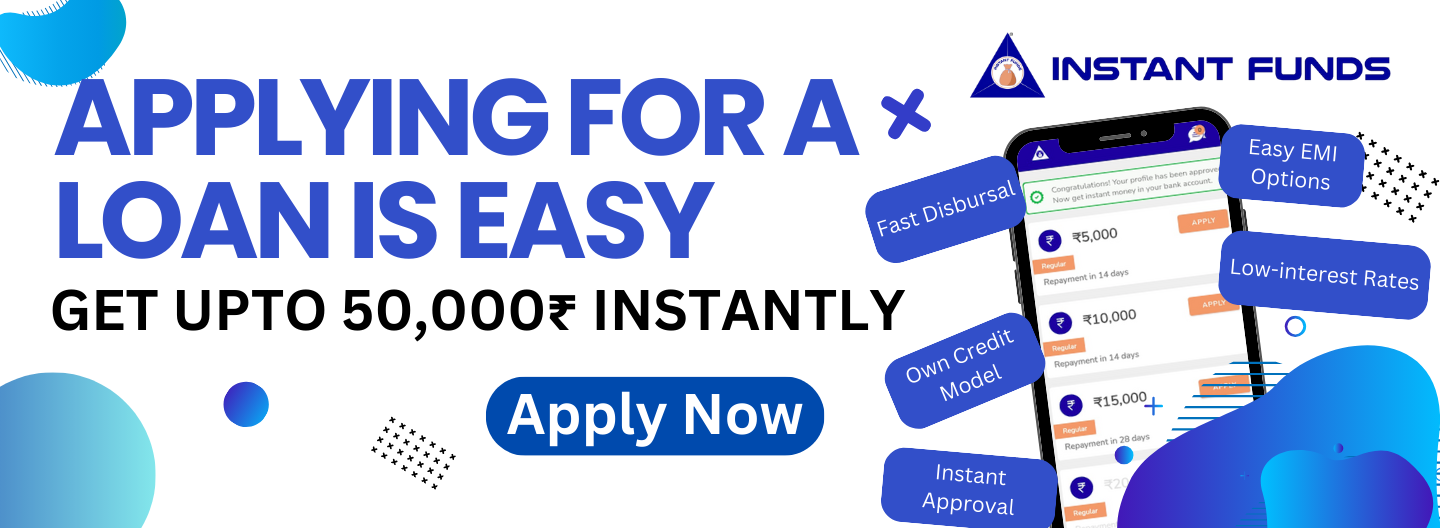Piyush Gupta 22 Aug, 2024
How Do Student Loans Work?
Student loans are financial aids designed to help students pay for college or other forms of higher education. Here's a breakdown of how they work:
1. Types of Student Loans
- Federal Student Loans: These are loans provided by the U.S. government. They usually have lower interest rates and more flexible repayment options.
- Private Student Loans: These are offered by private lenders, like banks or credit unions. They may have higher interest rates and fewer repayment options.
2. Application Process
- Federal Loans: To apply for federal loans, students must fill out the Free Application for Federal Student Aid (FAFSA). The FAFSA determines your eligibility for various types of federal aid, including loans, grants, and work-study programs.
- Private Loans: For private loans, students apply directly with the lender. The application process typically includes a credit check, and having a co-signer might be required.
3. Loan Terms
- Interest Rates: Federal loans generally have fixed interest rates, meaning the rate doesn’t change over time. Private loans may have fixed or variable rates.
- Grace Period: Most federal loans have a grace period, typically six months after graduation, before repayment begins. Private loans may or may not offer a grace period.
4. Repayment Plans
- Standard Repayment: Fixed payments over a 10-year period.
- Income-Driven Repayment: Payments are based on your income and family size. These plans can extend the repayment period and lower monthly payments.
- Extended and Graduated Repayment: Allows for longer repayment periods (up to 25 years) or payments that start lower and gradually increase.
5. Loan Forgiveness Programs
- Certain federal loans may be forgiven after a set period of time, especially if the borrower works in public service or education.
6. Interest Accrual
- Subsidized Loans: The government pays the interest while the student is in school at least half-time, during the grace period, and during deferment periods.
- Unsubsidized Loans: Interest accrues during all periods, including while you’re in school.
7. Repayment
- Federal Loans: You repay directly to the government, usually starting six months after you graduate or drop below half-time enrollment.
- Private Loans: Repayment terms vary by lender, but usually, repayment begins immediately after graduation or even while you're still in school.
8. Default and Consequences
- Failing to repay your loans can lead to default, which has severe consequences, such as damage to your credit score, wage garnishment, and loss of eligibility for additional federal aid.
9. Loan Consolidation and Refinancing
- Consolidation: Combining multiple federal loans into one loan with a single payment.
- Refinancing: Paying off one or more existing loans with a new loan, usually to get a lower interest rate. This is typically done with private loans, but federal loans can also be refinanced.
Summary
Student loans can be a helpful tool to finance education, but it’s important to understand the terms, interest rates, repayment options, and potential risks. Proper planning and understanding of your obligations can prevent financial difficulties later on.

